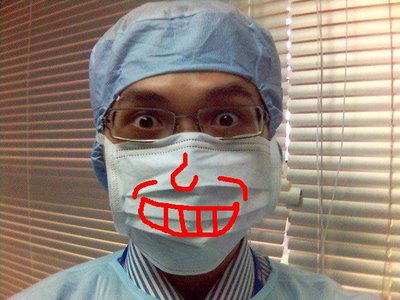A pair of conjoined 4-year-olds who were separated last Tuesday have been off ventilators for 24 hours, and they've opened their eyes. It took a team of surgeons in Hospital Tuanku Jaafar (previously Hospital Seremban) more than a day (28 hrs to be exact) to divide the twins, who shared a body up to the mid-torso. How can surgeons work for so many hours in a row?
They work in teams. A conjoined-twin operation can be broken down into many stages, like the initial incision, the work around the bones, separation of the blood vessels, and reconstructive plastic surgery. A different team of surgeons scrubs into the operating room for each stage, most of which take only a few hours to complete. That way, most of the surgeons don't end up working for more than four or five hours in a row.
"It really is like a marathon," he said. "You've got to keep hydrated."
There's no sunken eyeballs - signs of dehydration.
When surgeons at the Hospital Tuanku Jaafar Children's Centre separated a pair of twins who were conjoined at the head, they had a live feed of the procedure on a video display in a room upstairs. That way doctors who weren't involved in a particular stage could scrub out for a while and watch the operation on TV.

 ҜαίخόρЋЯзпїα™
ҜαίخόρЋЯзпїα™
 This is NOT a blog!
This is NOT a blog! 
 Loading...
Loading...








0 spit-backs:
Post a Comment